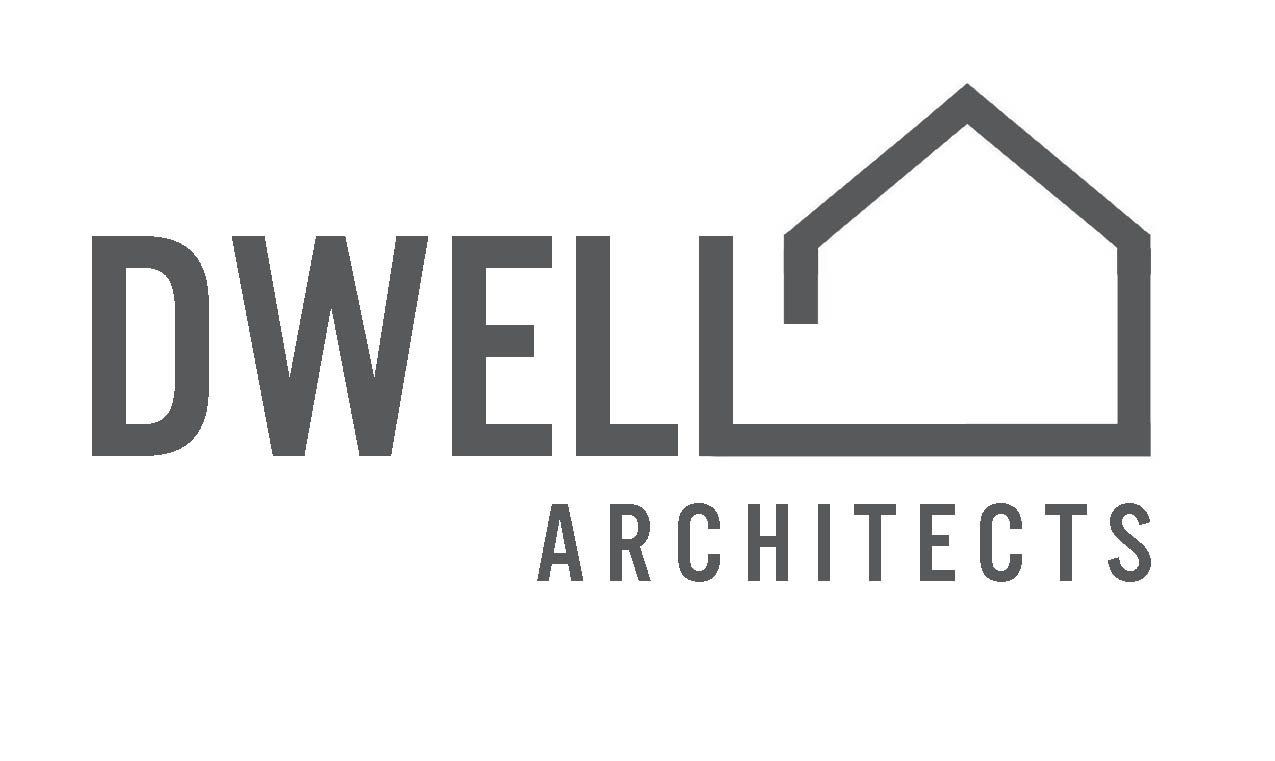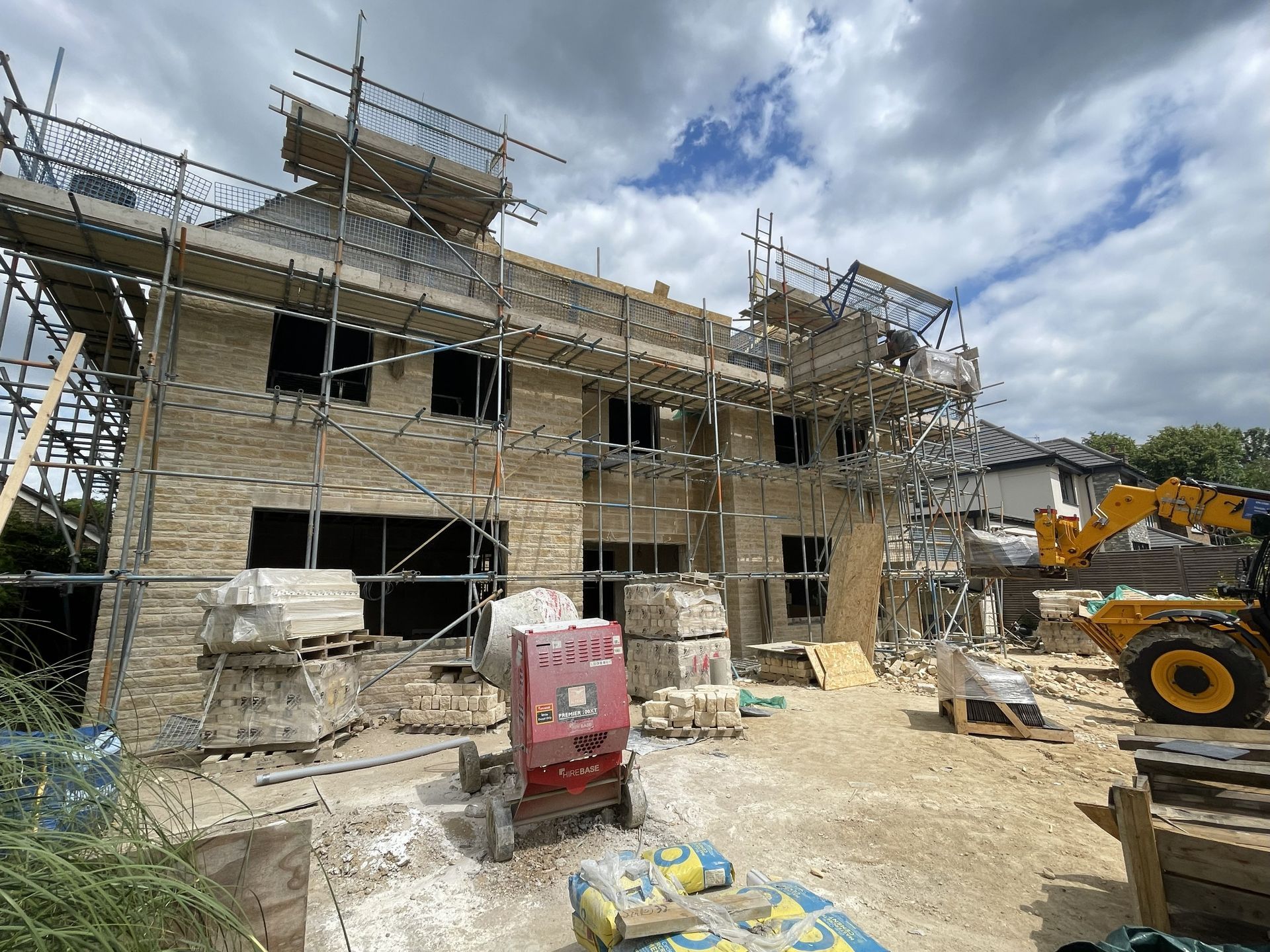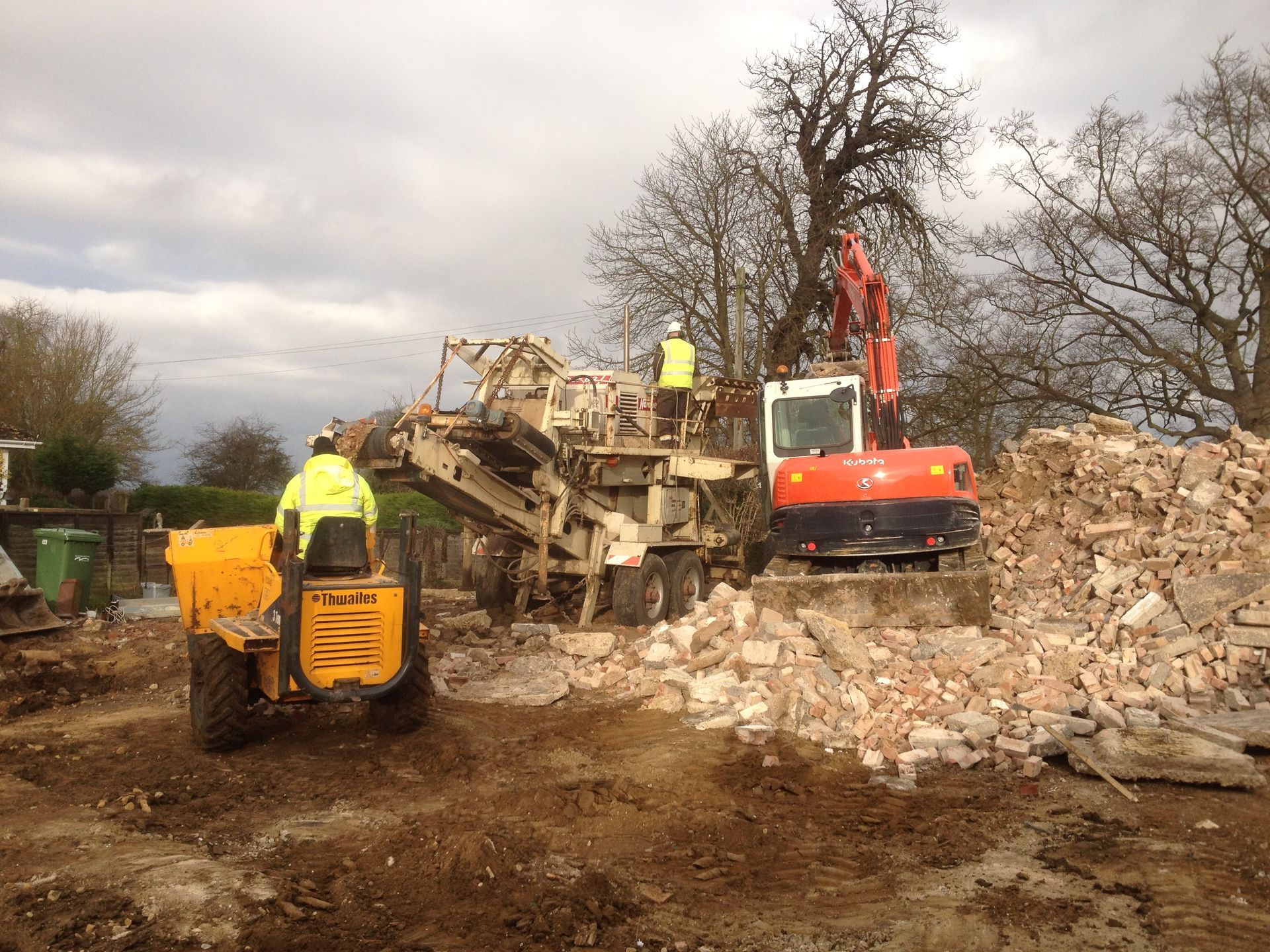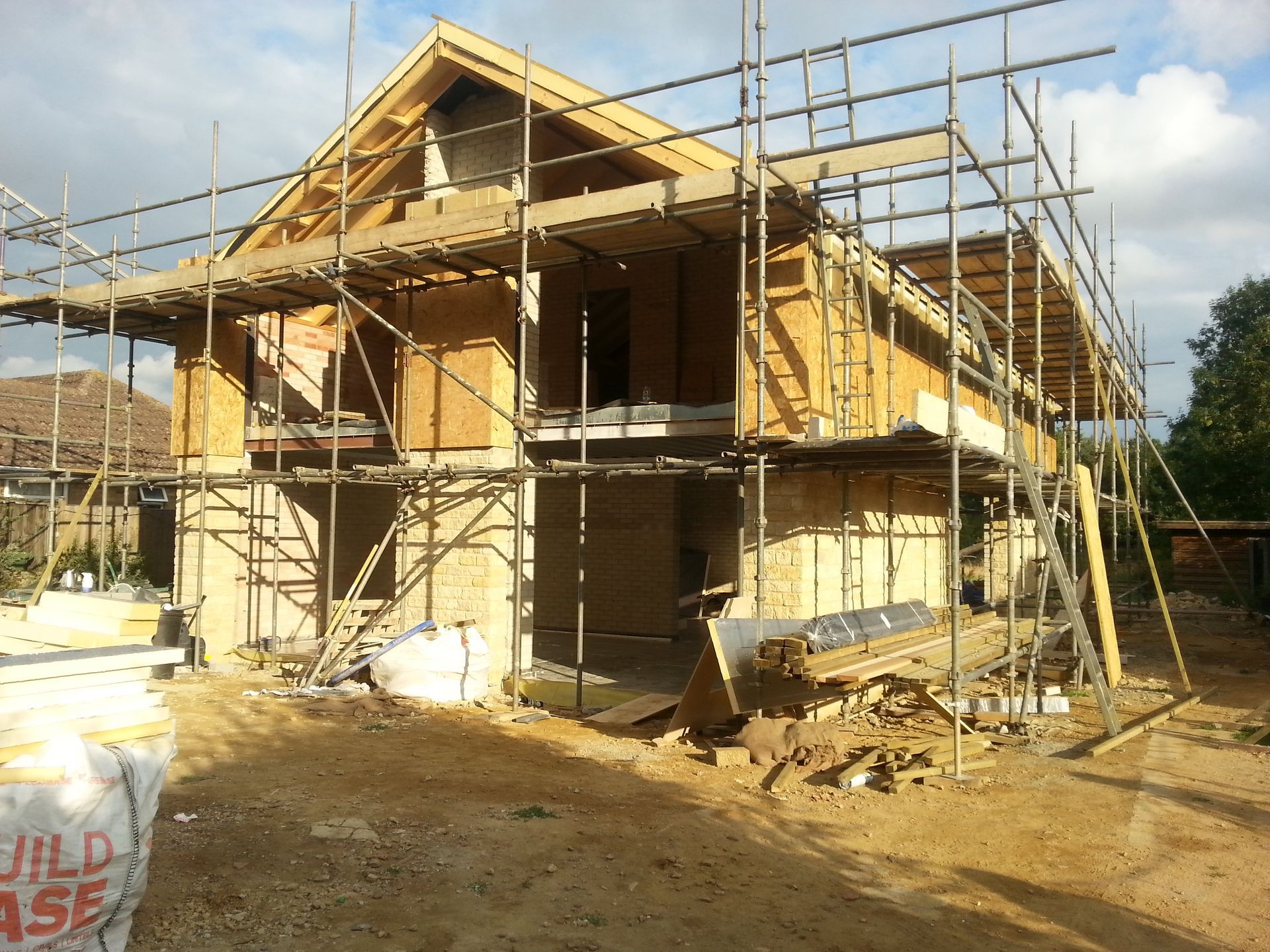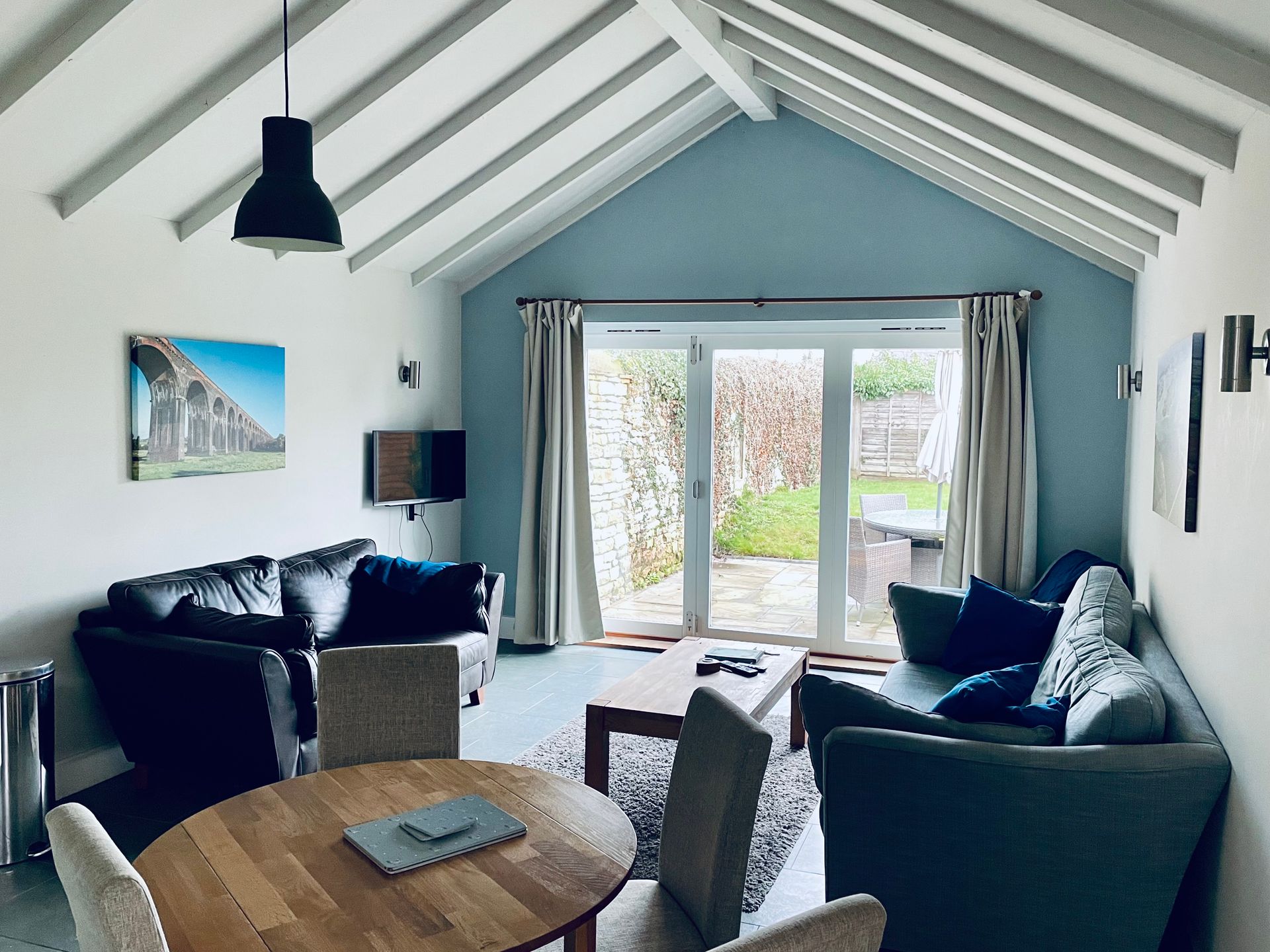Necroleachate, Newts, and Roots: Navigating the Realities of Planning

When people ask what architects do, the first answer that comes to mind is designing buildings. But in today’s climate, that’s only part of the story. Increasingly, our role is to help clients navigate an ever-expanding web of planning rules, environmental requirements, and building regulations.
These safeguards exist for good reasons — to protect health, heritage, and the natural environment. Yet the way they are applied often creates unnecessary cost, delay, and uncertainty. And while the impact is felt most acutely by individual homeowners and developers, the ripple effects extend far wider — into our local economy, our national economy, and even the UK’s position on the world stage.
This past week alone, we’ve had three projects slowed or made more expensive by regulatory hurdles.
A Pub Garden and Necroleachate
One project involves converting a pub into a family home. As part of this, the pub garden is simply being reclassified as a domestic garden — essentially the same use as before.
Yet because the site borders a churchyard, the council’s pollution control team raised concerns about necroleachate (a substance produced by decomposing human remains). Despite the garden having been safely used by pub-goers for years, we must now commission ground investigations and soil testing before the project can move forward.
For the client, this means extra cost and delay — a disproportionate response to a situation where no new risk has actually been introduced.
Newts and Pre-Application Advice
On another project, we sought pre-application advice for a home extension. After careful design revisions, the council confirmed they would support the design of the scheme — a positive step.
But just as we prepared to submit the application, the ecology officer requested a great crested newt survey. The justification? A pond at the other end of the village is known to support the species.
On the ground, the site is a closely mown lawn, maintained by a robot mower and well-used by the family dog — hardly a welcoming habitat for newts. Yet the survey is mandatory, adding more cost, time, and uncertainty.
Trees and a Conservation Area Extension
A third project involves a listed building set among mature trees. Our design was carefully developed to respect both the property and its landscape, with only a small overlap into a tree root protection area. Our arboricultural consultant calculated that just 2% of one tree’s roots would be affected — a negligible impact.
Even so, the council’s tree officer objected. Because the tree is in a conservation area, it is automatically protected. The likely result is a redesign: a smaller, more complex, and more costly solution.
The Wider Economic Impact
These three examples highlight more than just local frustrations. They illustrate how a system designed to protect can often hold back sensible, modest development. Every additional survey, redesign, and delay inflates costs and chips away at the viability of projects.
Multiply that across thousands of planning applications nationwide, and the cumulative impact on our economy is significant. Housing delivery slows, investment is stalled, and construction jobs are put under pressure.
Even at the national level, regulation often pushes costs into eye-watering territory. HS2, for example, spent £10 million constructing a bespoke tunnel solely to protect bats. Environmental protection is vital, but decisions like this raise legitimate questions about balance, proportionality, and whether resources are always being used in the most effective way.
The result is a system that risks stifling growth at a time when the UK urgently needs to boost housing supply, strengthen its infrastructure, and remain competitive internationally.
A Call for Balance
While regulations play an important role, it’s clear that a better balance is needed. The planning system must protect health, heritage, and the environment — but it also has to enable the delivery of homes and investment that communities urgently need.
Safeguards should be applied proportionately, with decisions rooted in common sense as well as policy. Without this balance, the risk is that projects large and small become stalled, costs spiral, and the UK falls behind in meeting both its housing needs and its economic potential.
At present, too many projects are held back by a system that can feel like it creates barriers rather than opportunities. A more pragmatic, solutions-focused approach would help unlock sustainable growth while still protecting what matters most.
Why Guidance Matters More Than Ever
For homeowners and developers, these challenges can feel overwhelming. But this is where an experienced architect adds real value. Our role is to anticipate hurdles, negotiate with local authorities, and guide projects through the maze of regulation.
Yes, the system is complex. Yes, it can be frustrating. But with the right advice and a proactive approach, even the most unusual challenges — from necroleachate to newts to tree roots — can be managed successfully.
If you’re planning a project and want to avoid unnecessary delays and costs, get in touch. We’ll help you navigate the planning system with confidence and give your project the best chance of success.
